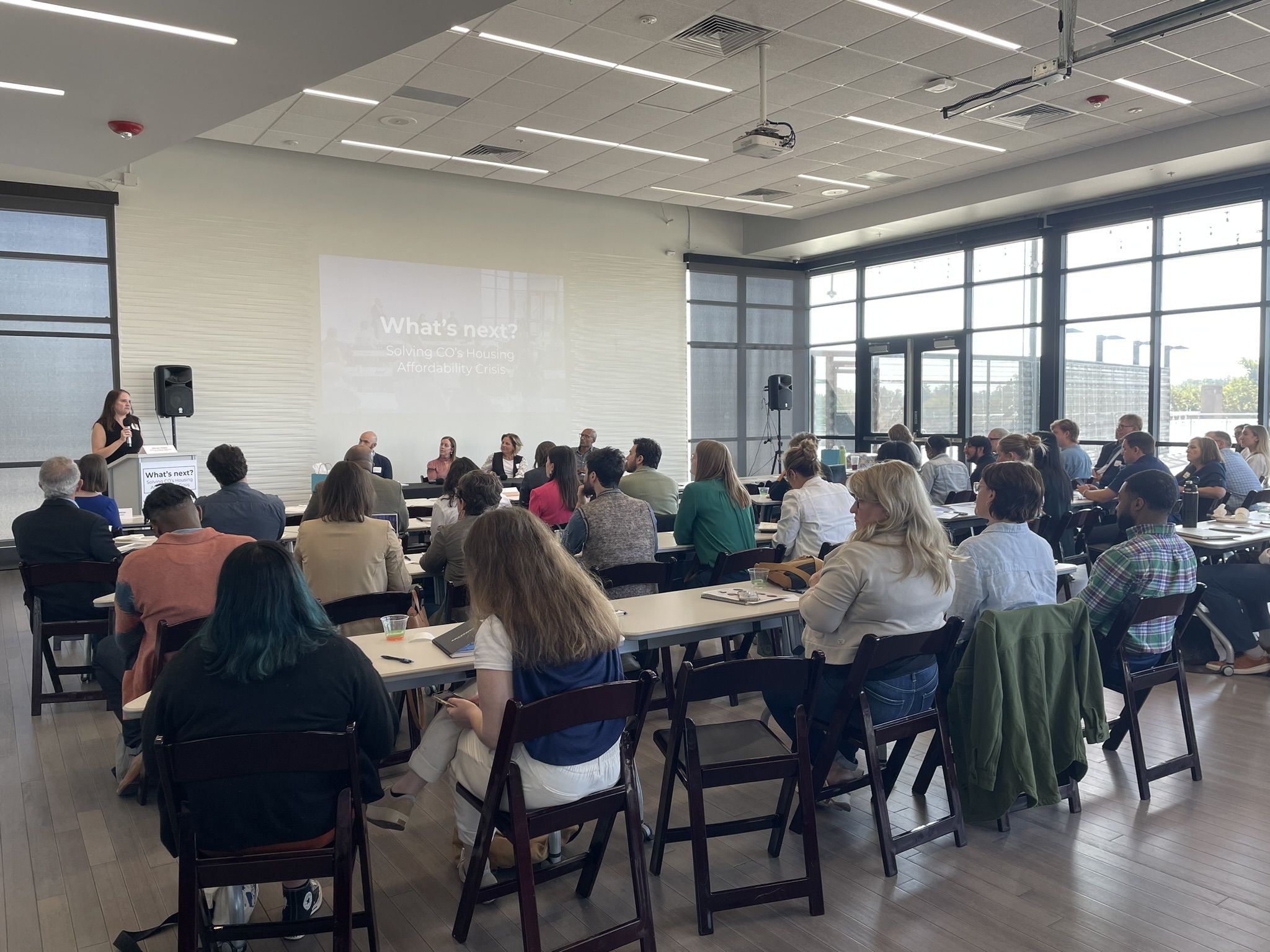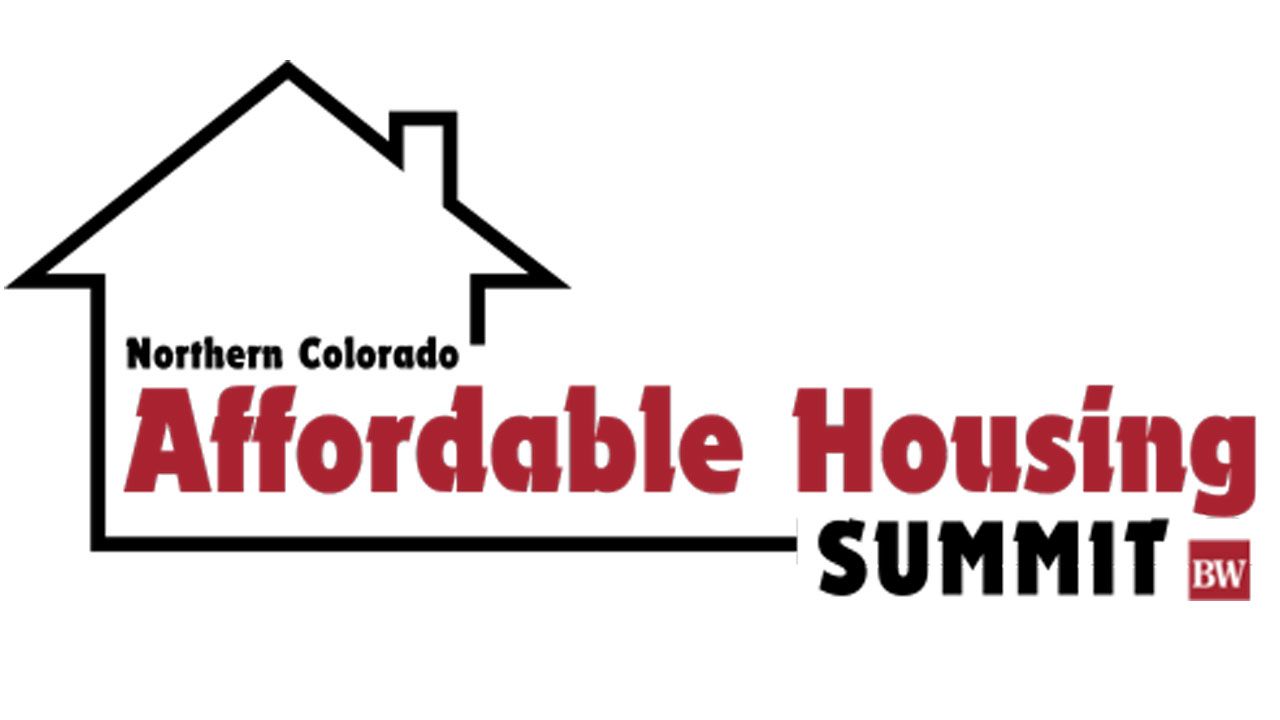Wells: Housing market keeps pressure on prices in NoCo

 The pressure is still on.
The pressure is still on.
While housing prices have been rising in Northern Colorado for the most part since the end of the Great Recession, it seemed logical that the economic fears associated with the COVID-19 pandemic could have the potential to take the steam out of the market.
In fact, the pandemic is partly responsible for keeping the market moving and keeping the pressure up on our housing prices.
SPONSORED CONTENT
It’s apparent that many existing homeowners — thinking that housing demand is likely to dwindle in the face of the pandemic — are holding off from listing their property for sale. Consequently, an already-slim housing supply on the Front Range continues to get even tighter. Meanwhile, at the same time that some existing owners are choosing to sit still, various market forces are encouraging homebuyers, especially first-time buyers, to jump into the market. And yes, one of those factors is also the pandemic.
Let’s explore what’s been taking shape over the past six months that’s creating additional demand and keeping prices moving up:
Interest rates
As of August, the average rate for a conventional 30-year fixed mortgage dipped to 2.88%, nearly one full percentage point below the same time last year (3.75%). The drop in rates translates to a significant boost in housing affordability for Americans who might not have previously considered themselves to be in the market for a home. Historically, each percentage point decline in mortgage rates increases buying power by 10%. In short, people are seeing opportunity, and they’re not waiting around to see if these rates get any lower.
Lifestyle decisions
As the pandemic lingers, many people are eager to get out of confined urban living environments — like small apartments and condos in dense neighborhoods — and head for the suburbs or smaller towns and cities nearby. And buying a home where they currently live may be beyond their means. For instance, the average price for a home purchased in Metro Denver in August topped $606,000, well above average prices in Northern Colorado communities such as Fort Collins ($447,510), Loveland ($410,938) or Greeley/Evans ($312,480). The bottom line: There’s value to be found for people who are willing to move.
Lifestyle, part 2
Another pandemic-related push behind buying decisions is the urge to obtain bigger homes. More people are working and schooling from home and realizing their homes can’t meet their needs. And that’s not just true for people looking to leave urban settings. Cross-town “move-up” buyers are seizing the opportunity (thanks again to interest rates) to find a house with more space and amenities.
New construction
Because of all the factors we just discussed, inventory for existing is increasingly lean in Northern Colorado. Homebuilders are trying to respond by ramping up the rate of new construction. Just competition for building lots would usually be enough to cause pricing pressure. But that’s not as simple as it seems.
For starters, builders are dealing with escalating costs for materials. According to the building industry newsletter Random Lengths, lumber prices are up 134% over this time last year, a fact that’s adding about $14,000 to the cost of an average new home. On a local basis, the cost of water is also having a bearing on new construction prices. The town of Wellington recently decided to more than triple the rate it charges developers for water. One local builder told me he expects the increase to add about $40,000 to the cost of home in Wellington.
Which brings me back to where I started.
Demand for housing in Northern Colorado hasn’t faded away. As long as the interest rates stay this low, and as long as people are still hunting for the home that meets their lifestyle needs, the pressure on prices isn’t going away either.
Brandon Wells is president of The Group Inc. Real Estate, founded in Fort Collins in 1976 with six locations in Northern Colorado
 The pressure is still on.
The pressure is still on.
While housing prices have been rising in Northern Colorado for the most part since the end of the Great Recession, it seemed logical that the economic fears associated with the COVID-19 pandemic could have the potential to take the steam out of the market.
In fact, the pandemic is partly responsible for keeping the market moving and keeping the pressure up on our housing prices.
It’s apparent that many existing homeowners — thinking that housing demand is likely to dwindle in…




